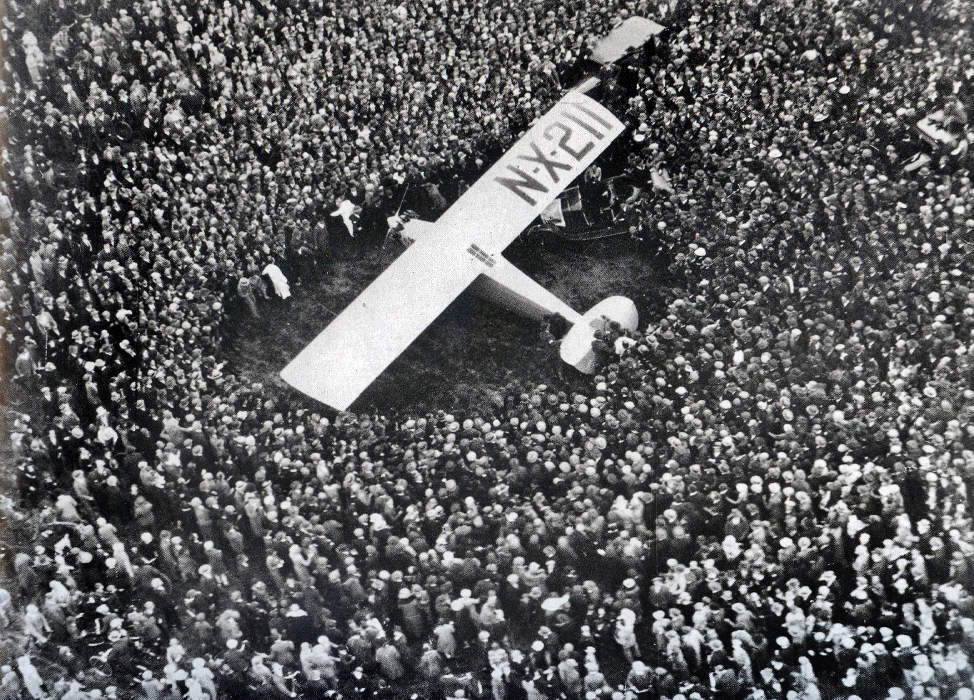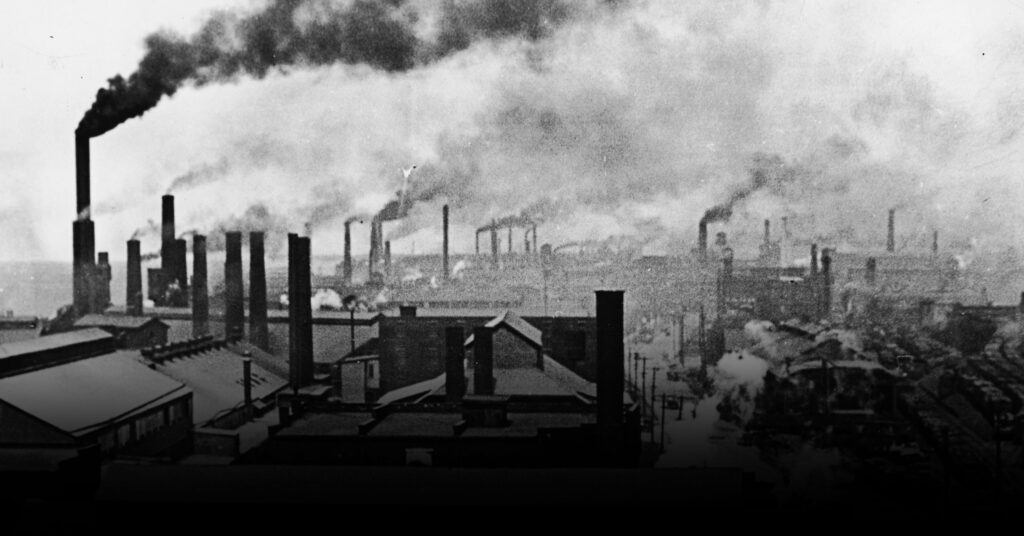
After reading the first three chapters of The Modern Temper by Lynn Duminel and gaining some insight into this time period, it was interesting to see what themes in the chapters that Charles Lindbergh, specifically his flight, were tied to. On May 21, 1927 Lindbergh completed the first solo transatlantic flight from New York to France. It was a monumental flight and is still remembered to this day. While reading, it was fascinating to look at all the different facets and place this one event into a whole era.

Two of the three chapters did not connect with the ideas around the flight. Chapter one was mainly about public and private power; it is very politically based. On one hand, monopolies were forming and there was a huge influence on special interests and private power. People and workers started to embrace big business and industrialism. Lobbying became known to the public and started to be extremely influential in government. On the other hand, progressivism was on the rise with women voting, social justice and humanitarian laws, such as child labor laws and the Pure Food and Drug Act. Chapter three was about women and their lives and how they were rapidly changing. Women just gained the right to vote, so they were entering the political field. They started working and were trying to change the attitudes around women staying at home.
Chapter two is where the themes surrounding Lindbergh’s flight are really highlighted. Duminel starts off the chapter by writing about work and consumption. White collar workers feel just a part of a mass, while blue collar workers are dealing with the deskilling of labor with the introduction of assembly lines. Unions were at an all time low and their strength was declining. Corporations were extending control and trying to maximize profits. But while those negative matters were coming in, mass consumerism skyrocketed. Leisure activities such as parks, movie houses and museums became prominent. Where Lindbergh comes in is that he became an “instant celebrity of extraordinary proportions” (ch. 2 pg 86). Duminel describes his influence by writing “Lindbergh represented in part the democratic individual of the past triumphing over the modern bureaucratic, corporate environment that hemmed in most Americans.” (ch. 2 pg 86). Lindbergh personified culture, he was a symbol for change and record-breaking activities. He showed and embodied the progress that Americans had made up to that point and could be seen as a symbol of the machine age. It is interesting to read all the negatives while there were record breaking positives happening at the same time.

Reading all three chapters put into perspective how and why this event was so important. The remarkable flight of Lindbergh across the Atlantic really shows a juxtaposition between the negatives of mass labor and corporate greed and the rising celebrity and consumer ideas growing at the time. Seeing this event as part of a whole of this decade and fitting this event into the context helps to really show the complexities surrounding this era. It is really amazing to be able to place events like this into the themes of the time.
Citations:
Text: Duminel, Lynn. 2007. The Modern Temper. New York: Hill and Wang.
“The First Solo, Nonstop Transatlantic Flight.” 2019. Si.edu. 2019.
“The First Solo, Nonstop Transatlantic Flight.” 2019. Si.edu. 2019. https://pioneersofflight.si.edu/content/first-solo-nonstop-transatlantic-flight.
Photos: Top photo: https://disciplesofflight.com/flying-phantoms-story-charles-lindbergh/
Second photo: https://www.history.com/news/second-industrial-revolution-advances
Third photo: https://www.cincymuseum.org/2020/05/20/the-queen-city-welcomes-charles-lindbergh-and-his-spirit-of-st-louis-august-6-1927/
